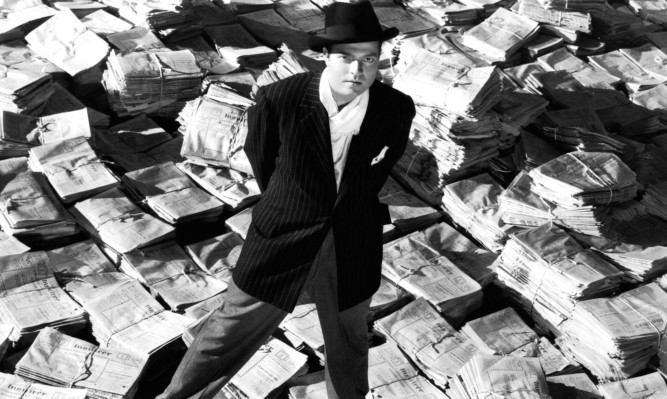
There are eight films up for the coveted Best Picture Oscar at tonight’s Academy Awards in Los Angeles.
Boyhood is the favourite after its BAFTA and Golden Globe success but it is acknowledged among critics that it’s a wide open race and you could make a case for all of the nominees.
There are some years, such as when The Artist won in 2012 and The King’s Speech the year before, the Best Picture winner is obvious to all, well ahead of the opening of the golden envelope.
But on more than one occasion the name read out isn’t the one everyone had been expecting.
Citizen Kane is often called the most influential film of all time and topped a poll of filmmakers conducted at the end of the last millennium to find the greatest movie of the 20th Century.
However, according to the Oscar Academy members of 1942 it wasn’t even the best film out that year.
That honour was bestowed upon How Green Was My Valley, starring Walter Pidgeon and Maureen O’Hara, a John Ford-directed film set in a Welsh mining village (but shot entirely on a ranch in Malibu and with only one Welsh actor Rhys Williams in a minor role in its cast).
The film was way ahead of its time, as it was about the destruction of the environment in the south Wales coalfields, the loss of a way of life and the effects on a small community.
But it most likely owed its Oscar success as much to one man’s hatred of Orson Welles as its own cleverness.
Welles produced, co-wrote, directed and starred in Citizen Kane, the fictional story of a megalomaniac newspaper publisher.
But even before its release people noticed similarities with the real-life media tycoon William Randolph Hearst (a speech Kane makes in the film is virtually verbatim to one Hearst made).
An incensed Hearst tried to have the film banned but had to settle for an edict prohibiting the reviewing or even mentioning of the film within his conglomerate of newspapers and radio stations.
But his main revenge was to send Welles home almost empty-handed from the 1942 Oscars.
The film received nine nominations but won only one, for Best Original Screenplay (which Welles had to share with Herman J. Mankiewicz, even though he subsequently claimed Herman didn’t write a word that he didn’t alter).
It lost out in every other category, due to a reported block vote from film extras.
Veteran film critic Barry Norman is one of many experts who attribute this anomaly to some William Randolph Hearst skulduggery.

Enjoy the convenience of having The Sunday Post delivered as a digital ePaper straight to your smartphone, tablet or computer.
Subscribe for only £5.49 a month and enjoy all the benefits of the printed paper as a digital replica.
Subscribe